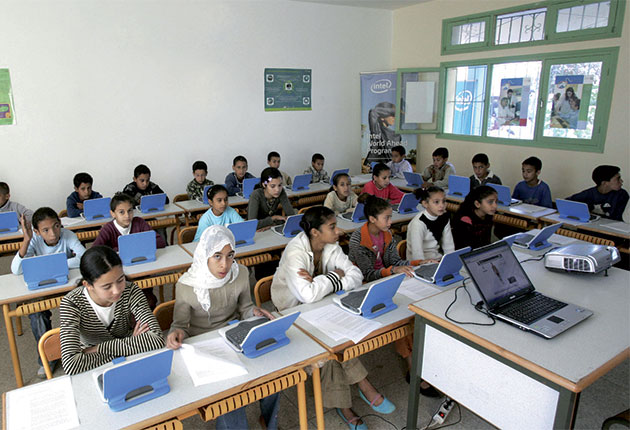Its history dates back to circa 1899 when British East African colonial rulers established it as a train depot on the Uganda-Kenya Railway. The engineers who were building the Uganda railway from Mombasa to Lake Victoria lived there at the time.
One thing that must not be forgotten is that the railway depot was constructed in a brackish African marsh that was home to only the Maasai, a pastoralist people, as well as the Akamba, a sedentary people, and the Kikuyu, an agriculturalist people, all of whom were driven out by the colonizers.
A bustling economic hub by 1905, Nairobi took the role of Mombasa as the capital of British East Africa. The rise of administrative activities and tourism, initially in the form of British large game hunting, helped the city to expand. Around 1907, the railway complex and the buildings nearby rapidly urbanized and evolved to become Kenya’s largest city and its capital.
At this point, the British colonialists began using Nairobi as their departure point as they moved around the region. In response, the colonial government built several luxury hotels in the city for British tourists and big game hunters. Nairobi expanded much more while being governed by the British, and many Britons relocated there.
The Maasai people, whose territory was being devoured by the city to the south, as well as the Kikuyu people, who believed the land, belonged to them, then started to get enraged by the city’s unrelenting growth. The British designated Nairobi to be a municipality in 1919.
When E.A.T. Dutton traveled through Nairobi in February 1926 on his way to Mount Kenya, he observed the city’s development and ambitious plans and imagined a city with paved streets, beautifully landscaped avenues and parks, imposing cathedrals, museums, art galleries, theaters, and office buildings. Although he acknowledged that much remained to be done before the ambitious civic plan was finished and that until then Nairobi would remain “a slatternly creature, unsuitable to queen it over such gorgeous a land,” he predicted that Nairobi will transform into a city of beauty.
After gaining its first independence 56 years later, Nairobi City developed into a hub for the colony’s coffee, tea, and sisal industries.
Until today, Nairobi continues to be the main industrial hub of the nation. The largest single industrial employer is the railroad industry. Beverages, cigarettes, and processed foods are produced by light manufacturing industries. Additionally, crucial is tourism.
Due to the city’s proximity to the agricultural heartland of eastern Africa, a variety of key goods pass through Nairobi before being exported via Mombasa. Nairobi serves as the corporate headquarters for significant regional railways, ports, and airlines, which contributes to its significance in the community of eastern African states.
The city has good access to both roads and railroads. The primary routes are southwest over the highlands to Lake Victoria and Uganda, and southeast and south to Mombasa and Tanzania. One of the major international airports in Africa is Jomo Kenyatta International Airport, which is located 9 miles (15 km) to the southwest.
The Kenyatta International Conference Center, the Parliament Building and City Hall, the courts, the Roman Catholic cathedral, and the Jamia Mosque are some of the city’s notable buildings. A thoughtfully designed commercial center is also present.
The City is home to a number of educational institutions. They include the University of Nairobi, which was established in 1956 as the Royal Technical College of East Africa, Kenyatta University College, which was established in 1972 as a division of the University of Nairobi, Kenya Polytechnic University College, which was established in 1961, and the Kenya Institute of Administration (1961). Other organizations include the Kenya National Theatre, the McMillan Memorial Library, the National Museum of Kenya (natural history), and the Kenya National Archives. A significant reserve for several mammals, reptiles, and birds, Nairobi National Park is a well-liked tourist destination.
As one of the most developed cities, the East African region agrees that Nairobi is rich in natural resources together with human resources and is geographically positioned to enable both local and international commerce. Nairobi is one of the most sophisticated and developed metropolitan economies in East Africa.
In terms of economic growth, its information and technology industry is expected to take the lead, closely followed by the energy, construction, and agro sectors.
Startups and new companies in any of these sectors would be wise to carefully evaluate Nairobi’s many advantages.
H.E Johnson Sakaja, the second governor to oversee Nairobi, was chosen as the city’s governor in the just concluded 2022 general election.


